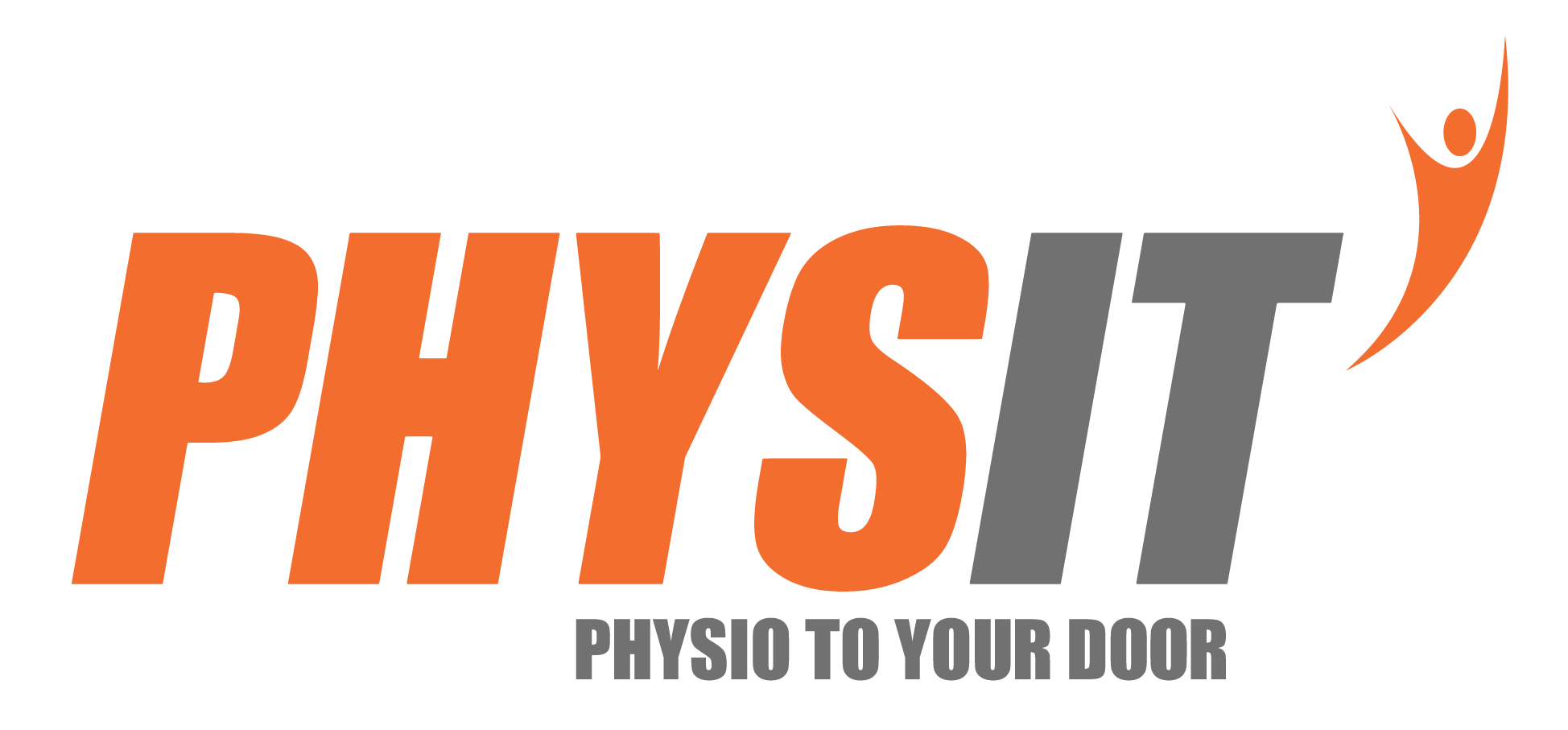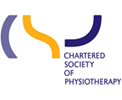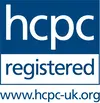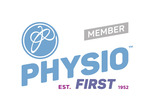What is Patellofemoral pain syndrome (PFPS/PFJP)
Patellofemoral Pain Syndrome, also known as Anterior Knee Pain (AKP), Patella Overload Syndrome, or Runner’s Knee. Patellafemoral Pain Syndrome (PFPS) is a condition that can cause pain or discomfort around the front of your knee or under your kneecap (patella).
Why do I have pain in my knee?
The pain is caused by a problem with the patello-femoral joint. This is the joint between the kneecap (patella) and the thigh bone (femur).
The kneecap acts as a pulley during knee movement, allowing the thigh muscles (quadriceps) to straighten the leg.
As the knee bends the kneecap moves along a groove in the thigh bone. Pain may occur if the kneecap tracks incorrectly in its groove, often due to weak or tight leg muscles.

The symptoms may include the following:
Pain at the front of your knee or under your kneecap
Your knee may click or grind
Your knee may feel like its going to give way
Swelling around your knee joint may occur
Pain worsens when you walk up and down stairs, when you drive, or sit for long periods with your knees bent
What are the common causes of PFPS?
Muscle imbalance: The inner thigh muscle works to stabilise the kneecap. Sometimes this muscle becomes
weaker than the outer thigh muscle. This may cause the kneecap to be pulled slightly towards the outer thigh during knee movement.
Muscle tightness: Many of the leg muscles attach around the kneecap. Decreased flexibility of these muscles may prevent the kneecap from tracking correctly in its groove.
Trauma: A direct blow to the kneecap may cause swelling and lead to reduced control of the thigh muscles.
Sudden Activity Increase: An increased load on the knee (more than normal), i.e: starting running after a long time off.
Over-use: Taking part in sports that require repeated bending of the knees such as running, breaststroke swimming and skiing can increase your risk of developing PFPS.
Varied alignment of the lower limb: The alignment of your hips, knees and feet affects how weight is distributed through the kneecap. Mal-alignment may sometimes be due to flat feet, or weak muscles around the hips.
***PFPS is usually caused by several of these factors, not just one.***
What can I do to help my knee pain?
There are several things that you can do to help manage your knee pain. Some of these include:
- Ice – this is a helpful way to reduce pain and swelling in your knee. Place a bag of frozen peas in a tea-towel and apply it to your knee for 15 minutes. Repeat a few times a day, as required.
- Ensure you have supportive footwear – shoes that give good support to the arches of your feet. Trainers and lace-up shoes often help whilst you are experiencing pain.
- Maintaining a healthy body weight – this can reduce the stress on your kneecaps and will help to reduce your pain in the long term.
- Rest – At first you should reduce activities that make your knee pain worse. Then as your pain improves begin those activities gradually. Avoid impact sports while your knee is painful. Your physiotherapist can advise you on maintaining your fitness during this time.
- Keep moving – Reduce the time you spend sitting with your knees bent by getting up and walking about.
How will physiotherapy help me?
A physiotherapist will assess you and treat you according to the cause of your knee pain. This will often include: advice, manual therapies, mobilisation and/or taping of your kneecap.
It should also include: stretches and exercises that retrain the muscles controlling your kneecap and improve the strength and flexibility of the muscles around the pelvis, hip and leg. These should be progressed and made more challenging as your pain reduces and movement improves.
What other treatment is available?
Aside from seeing a Physiotherapist, you may see a foot specialist. Surgery is rarely necessary.
Will I get better?
Most patients do get better and return to all their usual activities. It is important to adhere to the advice, and exercises prescribed, and continue with them after your course of physiotherapy has finished.






